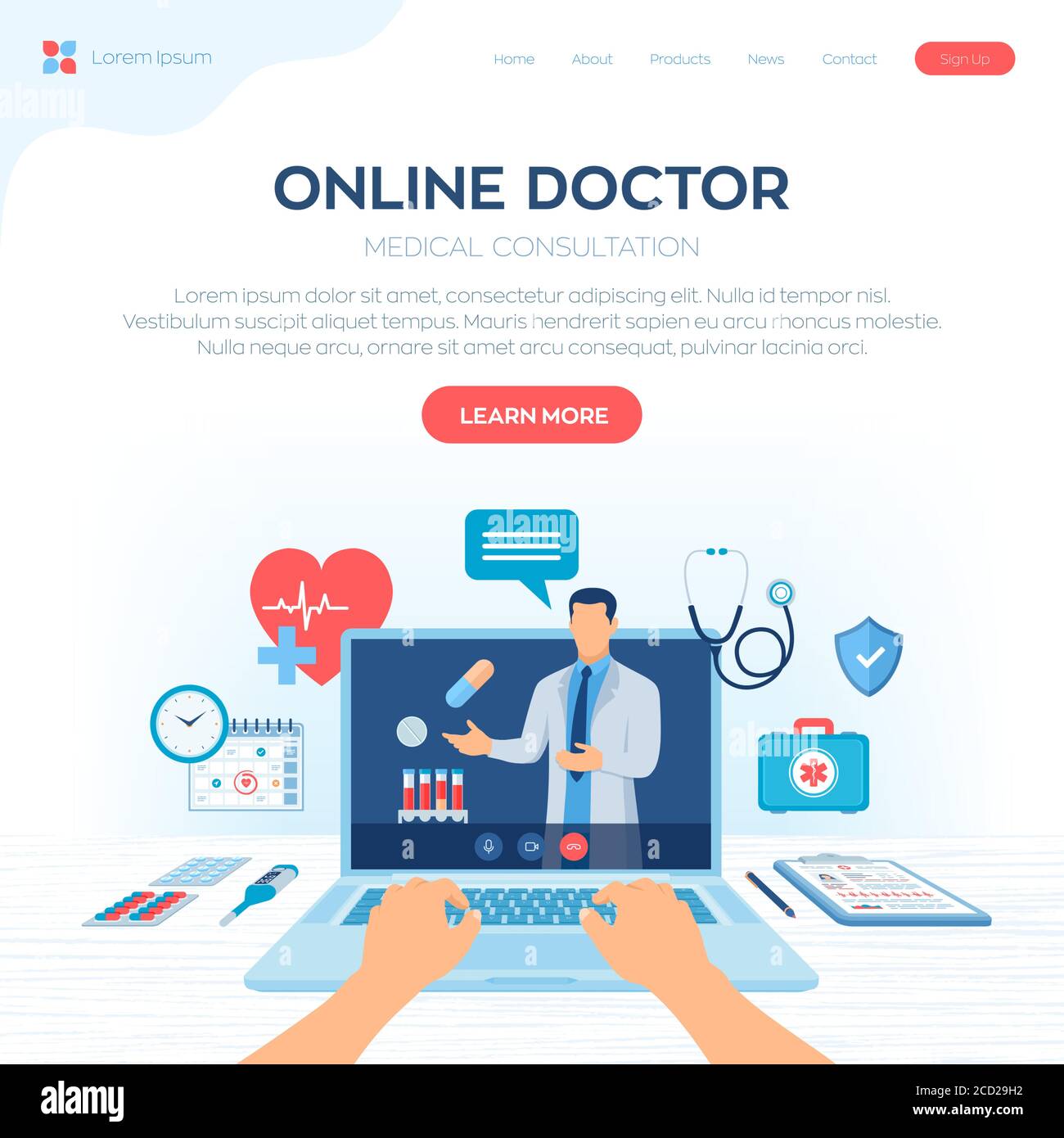Discover the Advantages of Subscription Based Healthcare for Affordable Medical Care
Discover the Advantages of Subscription Based Healthcare for Affordable Medical Care
Blog Article
Recognizing the Cost-Effectiveness of Subscription-Based Healthcare Versions
As the healthcare landscape advances, subscription-based models arise as an engaging option, assuring to redefine how people take care of medical costs. Evaluating these designs' cost-effectiveness demands a nuanced contrast with traditional insurance coverage, taking into consideration both financial ramifications and person satisfaction. While they use openness and predictability in prices, questions stay concerning their capacity to meet diverse health care demands, specifically for specialized therapies. The point of views of medical care service providers additionally complicate this formula, offering a complex challenge. What does the future hold for these models, and can they really provide on their pledge of obtainable, budget friendly treatment?
Summary of Subscription-Based Versions
Subscription-based healthcare designs, sometimes described as direct medical care or attendant medication, are progressively obtaining interest as a potential service to inadequacies within traditional medical care systems. These versions operate on the principle of offering individuals direct accessibility to doctor through a yearly or regular monthly cost, bypassing the demand for typical insurance policy devices. This plan intends to simplify patient-provider interactions by minimizing administrative worries, which usually impede customized and timely treatment.
At the core of subscription-based versions is the emphasis on an extra individualized person experience. People benefit from enhanced access to their physicians, usually consisting of next-day or same-day consultations, extended appointment times, and straight interaction channels such as phone or video calls. This model promotes a proactive technique to healthcare, where suppliers and people can collaboratively concentrate on preventative care and persistent disease monitoring.

Cost Contrast With Standard Insurance Coverage

One of the key economic advantages of subscription models is openness in prices. On the other hand, standard insurance coverage may be more useful for people needing specialized care or pricey therapies not covered under a membership model, as they benefit from the broader coverage network and cost-sharing mechanisms.
Nonetheless, cost-effectiveness is context-dependent. While registration designs could provide financial savings for those primarily needing health care, individuals with chronic problems or specialized health care needs may find traditional insurance extra detailed. Reviewing particular medical care requirements and potential use is critical in identifying the most cost-efficient option for individuals.
Effect on Person Complete Satisfaction
Person satisfaction within subscription-based healthcare designs usually reflects a significant enhancement over standard insurance policy systems. This enhancement is primarily credited to the customized treatment and access these versions offer. Patients frequently report higher complete satisfaction because of minimized delay times and the convenience of organizing consultations. Unlike typical systems, where people could experience hold-ups in obtaining treatment, subscription-based versions make certain even more timely and direct interactions with healthcare service providers.
Moreover, the openness in expenses connected with subscription-based healthcare reduces the typical aggravations associated with unanticipated charges and More hints complex payment processes seen in typical insurance coverage (subscription based healthcare). Clients value understanding the exact economic commitment upfront, leading to raised count on and self-confidence in their health care management
In addition, the emphasis on preventative care and health in subscription designs contributes to enhanced health results, further improving patient fulfillment. By concentrating on continuous health care instead of episodic care, people experience a more alternative and continuous healthcare journey.
In addition, the enhanced provider-patient relationship promoted in these models, identified by even more time invested per individual and personalized attention, plays an important duty in raising client contentment levels, as people really feel really taken care of and recognized.
copyright Experiences and point of views
From the company's point of view, subscription-based health care designs use a transformative method to providing clinical solutions. These models stress a aggressive and preventative healthcare technique, permitting providers to concentrate on detailed person care without the constraints of typical fee-for-service setups (subscription based healthcare). This change in focus often results in boosted client results and raised company fulfillment, as healthcare specialists can allot more time and sources to individual engagement and individualized treatment plans
Additionally, registration versions facilitate predictable profits streams, which improve monetary stability for healthcare service providers. This predictability enables boosted source planning and allocation, adding to a much more effective healthcare distribution system. Suppliers can buy staff technology, facilities, and training renovations, thus enhancing the high quality of care supplied.
Nonetheless, the transition to subscription-based designs is not without obstacles. Regardless of these hurdles, numerous suppliers locate that the benefits of boosted patient interaction and streamlined operations exceed the preliminary obstacles, making subscription-based models an appealing choice.
Future Potential Customers and Obstacles

A main challenge is regulatory conformity, as membership models must stick to advancing health care policies and insurance needs. This requires continuous adjustment and advancement to ensure placement with lawful standards. In addition, integrating these models right into existing healthcare frameworks can be complicated, requiring considerable investments in modern technology and training.
There is likewise the possible danger of creating inequities in healthcare gain access to, as subscription designs might prefer those that can afford them, leaving at risk populations underserved. Resolving this requires thoughtful factor to consider of pricing approaches and subsidy systems to ensure inclusivity.
Final Thought
Subscription-based healthcare designs offer a practical choice to traditional insurance coverage by offering monetary predictability and openness, particularly benefiting people with persistent conditions or regular medical care needs. The cost-effectiveness of these designs rests upon private health care use patterns and situations. While they may improve person complete satisfaction and enhance budgeting, obstacles remain in dealing with specialized treatment requirements. Future considerations include balancing detailed insurance coverage with affordability and integrating these designs within the wider medical care system for optimum end results.
Subscription-based healthcare models, in some cases referred to as direct primary care or attendant medication, are significantly getting interest as a prospective service to ineffectiveness within conventional healthcare systems. Unlike traditional systems, where patients might experience hold-ups in obtaining treatment, subscription-based designs guarantee more direct and prompt interactions with healthcare service providers.
These models stress a preventative and positive healthcare strategy, enabling providers to focus on thorough patient care without the restraints of traditional fee-for-service setups. As these versions continue i loved this to gain grip, they provide the possible to reinvent client accessibility to care, enhance service distribution, and optimize medical care costs.Subscription-based healthcare designs present a feasible alternative to typical insurance coverage by offering monetary predictability and transparency, especially profiting individuals with click here now persistent conditions or regular healthcare requirements.
Report this page